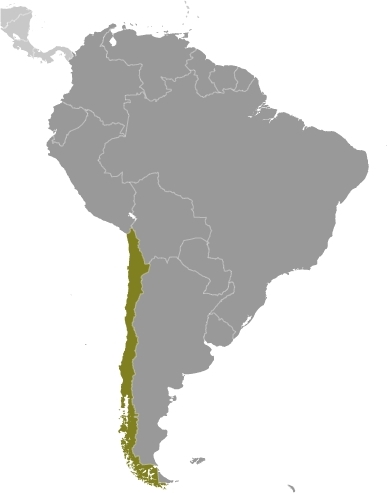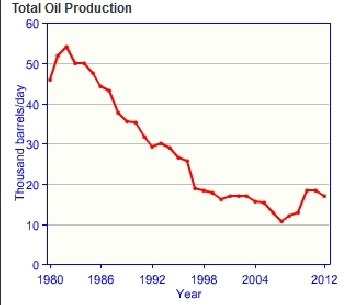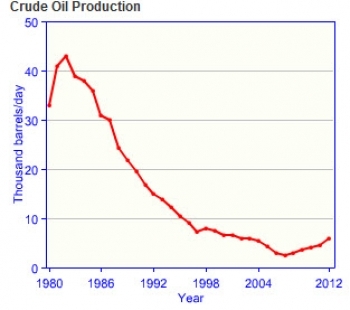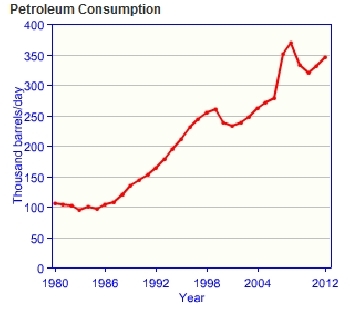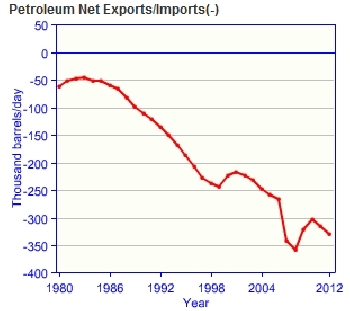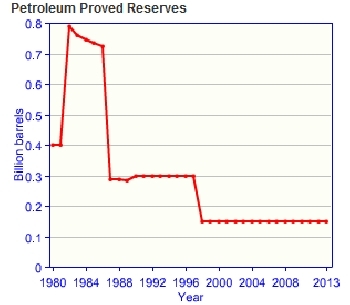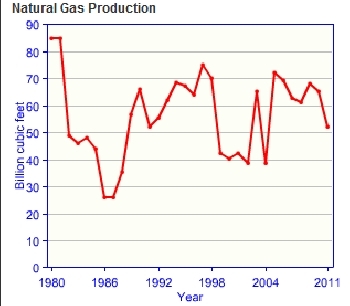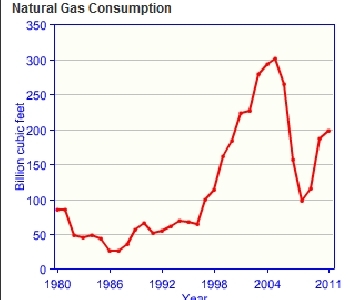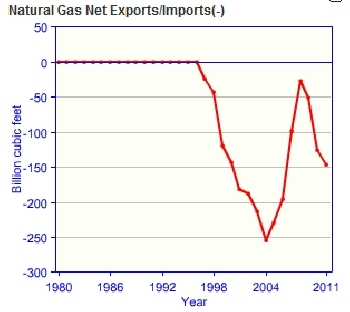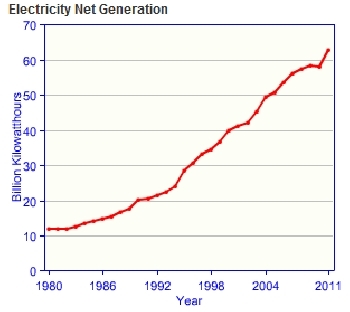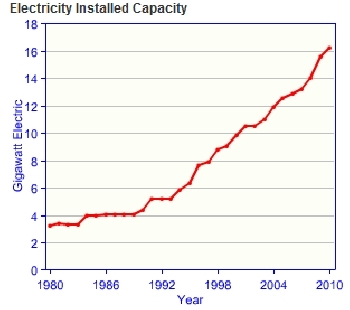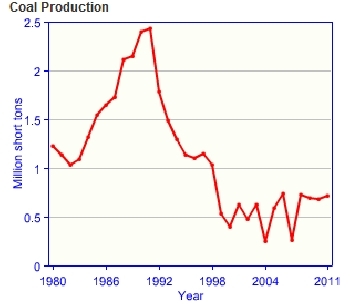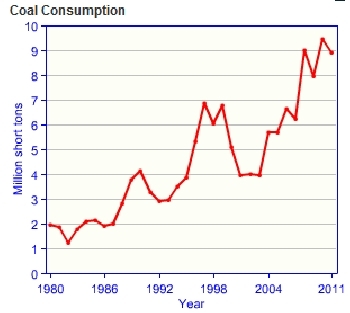Energy profile of Chile
| Topics: |
Energy profiles of countries and regions 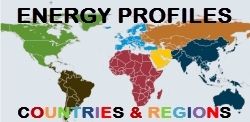 Chile is the only member of the Organization of Economic Cooperation and Development (OECD) in South America. It is the fifth-largest consumer of energy on the continent, but unlike most other large economies in the region, it is only a minor producer of fossil fuels. Therefore, Chile is heavily dependent on energy imports.
Chile is the only member of the Organization of Economic Cooperation and Development (OECD) in South America. It is the fifth-largest consumer of energy on the continent, but unlike most other large economies in the region, it is only a minor producer of fossil fuels. Therefore, Chile is heavily dependent on energy imports.
Oil
Chile imports over 300,000 barrels per day (bbl/d of oil), which is fairly evenly split between refined petroleum products and crude oil. Imported crude oil, as well as a small amount of domestically produced crude, is processed in three refineries owned by the state-owned Empresa Nacional del Petróleo (ENAP), with a total capacity of 227,000 bbl/d.
Most of Chile's crude oil imports originate in other South American countries, particularly Ecuador, Brazil, Colombia, and Argentina. However, the United States is Chile's leading source of refined petroleum product imports, mostly in the form of distillate fuel oil.
Natural Gas
Most of Chile's natural gas imports arrive as liquefied natural gas (LNG) from Equatorial Guinea, Trinidad and Tobago, Qatar, and Yemen. Chile has two regasification terminals: Mejillones, in the north, and Quintero, near the large urban centers of Valparaíso and Santiago. Chile also imports natural gas from Argentina by various pipelines that were constructed in the late 1990s. Imports from Argentina grew dramatically in the decade that followed, but Chile expedited its efforts to develop LNG import capabilities after policy changes and production declines curtailed Argentina's natural gas exports. More recently, Menathex idled at least part of its large methanol facility in southern Chile, reportedly because of inadequate supplies of natural gas from Argentina.
Electricity
Chile had 16 gigawatts (GW) of installed electric capacity as of 2010. Approximately one-third of Chile's electric capacity and generation are attributable to hydroelectric plants that provide much of the electricity to Chile's largest grid, the Sistema Interconectado Central (SIC). Wind capacity had grown to an estimated 160 megawatts (MW) as of 2010, and is poised to grow further with the construction of the 115-MW El Arrayan project, which will be Chile's largest wind farm when it becomes operational in 2014.
Most of the country's electricity supply that is not supplied by hydroelectricity, including to the Sistema Interconectado del Norte Grande (SING) grid which supplies power to many large mining operations, is provided by thermoelectric plants. The generation of thermoelectric power from coal and natural gas has increased dramatically in recent years, mostly at the expense of oil-fired generation, according to statistics from the Comisión Nacional de Energía.
Coal
As with oil and natural gas, Chile must import most of the coal that it uses. However, in 2011, the government approved a controversial coal mining project in Patagonia, which would be operated in a joint venture between Ultramar and Copec. Officials claim that the project could replace 30 percent of Chile's coal imports, but it has engendered considerable opposition from environmentalists.
Further Reading
US Governement
- EIA - Energy Data on Chile
- CIA World Factbook - Chile
- U.S. State Department's Consular Information Sheet - Chile
Foreign Government Agencies
- Comisión Chilena de Energía Nuclear
- Comisión Nacional de Energía
- Instituto Nacional de Estadísticas
- Ministrio de Economía y Energía
- Superintendencia de Electricidad y Combustibles
Oil and Natural Gas
Electricity
- AESGener
- Arauco Generación
- CELTA (sub. of Endesa)
- Cenelca
- CGE Transmisión
- Colbún
- Edelaysen
- Edelmag
- Edelnor
- Electroandina
- Emel
- Endesa
- Enersis
- Energía de Casablanca
- Guacolda
- Ibener
- Luz Linares
- Luz Parral
- Norgener
- Pacific Hydro
- PSEG
- San Isidro
- SES
- Sociedad Austral de Electricidad S.A. (SAESA)
| Disclaimer: This article is taken wholly from, or contains information that was originally published by, the Energy Information Administration. Topic editors and authors for the Encyclopedia of Earth may have edited its content or added new information. The use of information from the Energy Information Administration should not be construed as support for or endorsement by that organization for any new information added by EoE personnel, or for any editing of the original content. |
